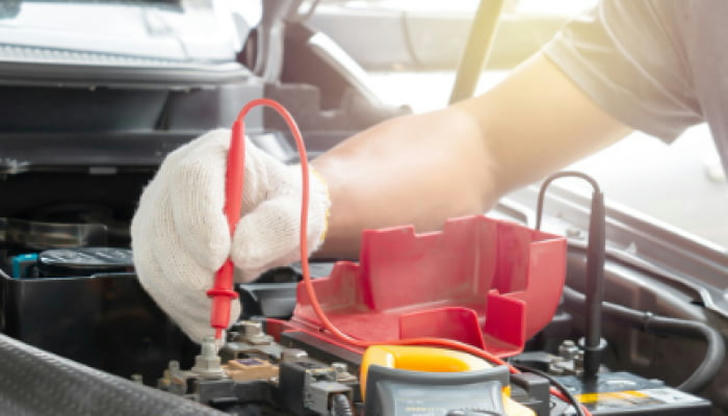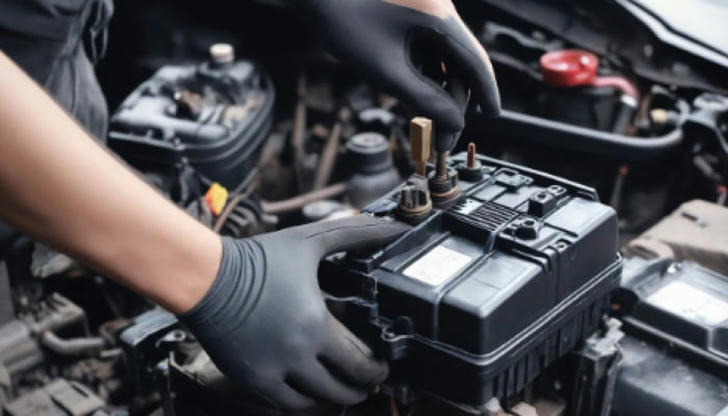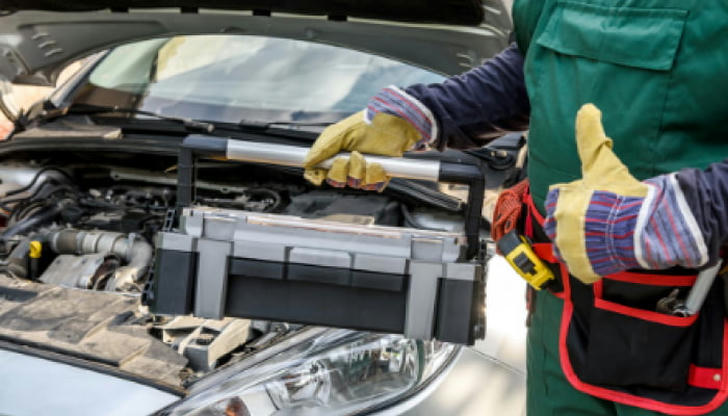How to Safely Replace a Car Battery: A Step-by-Step Guide

Car batteries are an essential component that ensures your vehicle runs smoothly. However, like all parts, batteries have a limited lifespan, typically lasting between three to five years. Knowing how to safely replace a car battery can save you time and money. It's a simple task that, when done correctly, keeps your car in top condition. In this guide, we will provide easy-to-follow steps to replace your car battery safely and efficiently.
Why Replace a Car Battery?

Over time, car batteries lose their ability to hold a charge. When this happens, you may notice that your vehicle is slow to start or won't start at all. Common symptoms include dimming headlights, electrical issues, or a "check battery" light on your dashboard.
Proactive maintenance, such as regularly checking the battery's condition, helps you avoid getting stranded with a dead battery. Replacing your car's battery when it shows signs of wear can save you from unnecessary stress and expensive repairs down the road.
What You'll Need

When working with car batteries, safety is a top priority. Here are some precautions to follow:
- Wear protective gear: Gloves and safety glasses are essential to protect your hands and eyes from acid leaks or sparks.
- Work in a well-ventilated area: Car batteries contain corrosive chemicals that release gases. Always work outside or in a ventilated garage.
- Turn off the vehicle: Ensure the car is off, with the keys removed from the ignition, to avoid any accidental electrical shocks.
Step-by-Step Guide to Replacing a Car Battery
1. Locate the Battery
Most car batteries are located under the hood, but some vehicles may have them in the trunk or beneath the rear seats. Open the hood (or trunk) and locate the battery. It's typically housed in a plastic cover or metal bracket. Remove any coverings if necessary to access the battery terminals.
2. Disconnect the Negative Cable
Before removing the battery, you must disconnect the cables to avoid electrical shorts. Always start with the negative terminal, which is usually marked with a "-" symbol or a black cable. Use a wrench to loosen the nut holding the cable in place, then carefully slide the cable off the battery post.
3. Disconnect the Positive Cable
Next, disconnect the positive terminal, marked with a "+" symbol or a red cable. Use your wrench to loosen the nut and gently remove the cable from the battery post. Once both cables are disconnected, set them aside.
4. Remove the Battery
Most car batteries are held in place by a metal bracket or clamp. Use your wrench to loosen the bolts securing the battery in its tray. Once the bracket is removed, carefully lift the battery out of its tray. Car batteries are heavy, so take your time to avoid straining your back.
5. Clean the Battery Tray and Terminals
Before installing the new battery, check for any corrosion or dirt on the battery tray and terminals. Use a mixture of baking soda and water to clean off any corrosion. Scrub the terminals with a wire brush or battery terminal cleaner. Wipe the tray and terminals dry with a clean cloth.
6. Install the New Battery
Place the new battery into the tray, ensuring the positive and negative posts are in the correct position. The positive post should align with the red (positive) cable, and the negative post should align with the black (negative) cable. Re-secure the battery with the metal bracket or clamp.
7. Reconnect the Positive Cable
Now it's time to reconnect the battery. Start by attaching the positive cable to the positive post. Slide the cable onto the battery post and tighten the nut with a wrench. Make sure the connection is snug but not overly tight.
8. Reconnect the Negative Cable
Next, reconnect the negative cable to the negative post. Just like with the positive cable, slide it onto the post and tighten the nut. Double-check that both cables are securely attached.
9. Test the Battery
Once the new battery is in place and connected, it's time to test your work. Turn on your vehicle and ensure it starts smoothly. If the car starts without any issues, you've successfully replaced the battery.
Additional Tips for Battery Care
- Check the battery regularly: Perform regular checks on your car's battery for any signs of corrosion, loose connections, or wear. This can prolong the life of your battery.
- Keep it clean: Wipe off any dirt or debris from the battery terminals to ensure a strong connection.
- Drive your car regularly: Car batteries charge while you drive, so ensure you use your vehicle frequently to keep the battery in good shape.
- Store a battery charger: If your vehicle isn't driven often, consider using a trickle charger to maintain the battery's charge.
When to Call a Professional

While replacing a car battery is a straightforward task, there are times when it's best to seek professional help:
- Complex electrical systems: Some modern vehicles have complex electrical systems that may require resetting after a battery change. In such cases, it's best to have a professional handle the replacement.
- Unusual symptoms: If your car shows symptoms like electrical malfunctions or dashboard warning lights even after the battery is replaced, visit a mechanic for further inspection.
Conclusion
Replacing a car battery is a manageable task for most vehicle owners. By following this guide, you can replace your battery safely, ensuring your car runs efficiently. Remember to follow safety precautions and regularly maintain your battery to extend its lifespan. Taking these steps can save you from unexpected breakdowns and keep your vehicle in peak condition.
Safe driving!
